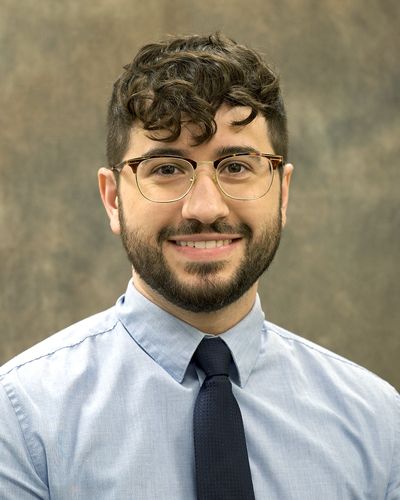Matthew J. Wahila received his PhD in physics from Binghamton University in 2017, along with BU’s 2017 Distinguished Dissertation Award in Mathematics, Physical Sciences, and Engineering. His dissertation research focused on non-toxic and earth-abundant transparent semiconductors for “Smart Energy” applications. He also participated in the Northeast Center for Chemical Energy Storage’s (NECCES) research on novel, high-capacity Li-ion battery materials overseen by Nobel laureate Dr. Whittingham, and a DMREF project working to develop more cost-effective nanomaterial photocatalysts for the generation of “green” hydrogen via electrolytic water splitting. As a teaching assistant, he helped develop BU’s First-Year Research Immersion (FRI) program “Clean Energy” stream and “Materials Matter” course, for which he received the BU Graduate Student Award for Excellence in Teaching. After graduating, Dr. Wahila went on to work as a postdoctoral research associate under the CEREBRAL AFOSR MURI investigating the memristive properties of niobium-based semiconductor devices and their potential to enable true hardware-level biomimetic computing. From there he joined the Analytical and Diagnostics Laboratory in early 2022. Dr. Wahila has extensive experience with a wide range of experimental techniques, such as Hard X-ray, Soft X-ray, and UV Photoelectron Spectroscopies (HAXPES, XPS, & UPS); X-ray Absorption and Emission Spectroscopies (XAS & XES) including Extended X-ray Absorption Fine Structure (EXAFS); Scanning Electron Microscopy (SEM) combined with Energy Dispersive X-ray Spectroscopy (EDS); Low Energy Electron Diffraction and Microscopy (LEED & LEEM); X-ray Diffraction (XRD); and many more.
Matthew J Wahila
ADL Chief Technology Officer
Background
Research Interests
S3IP – Small Scale Systems Integration and Packaging